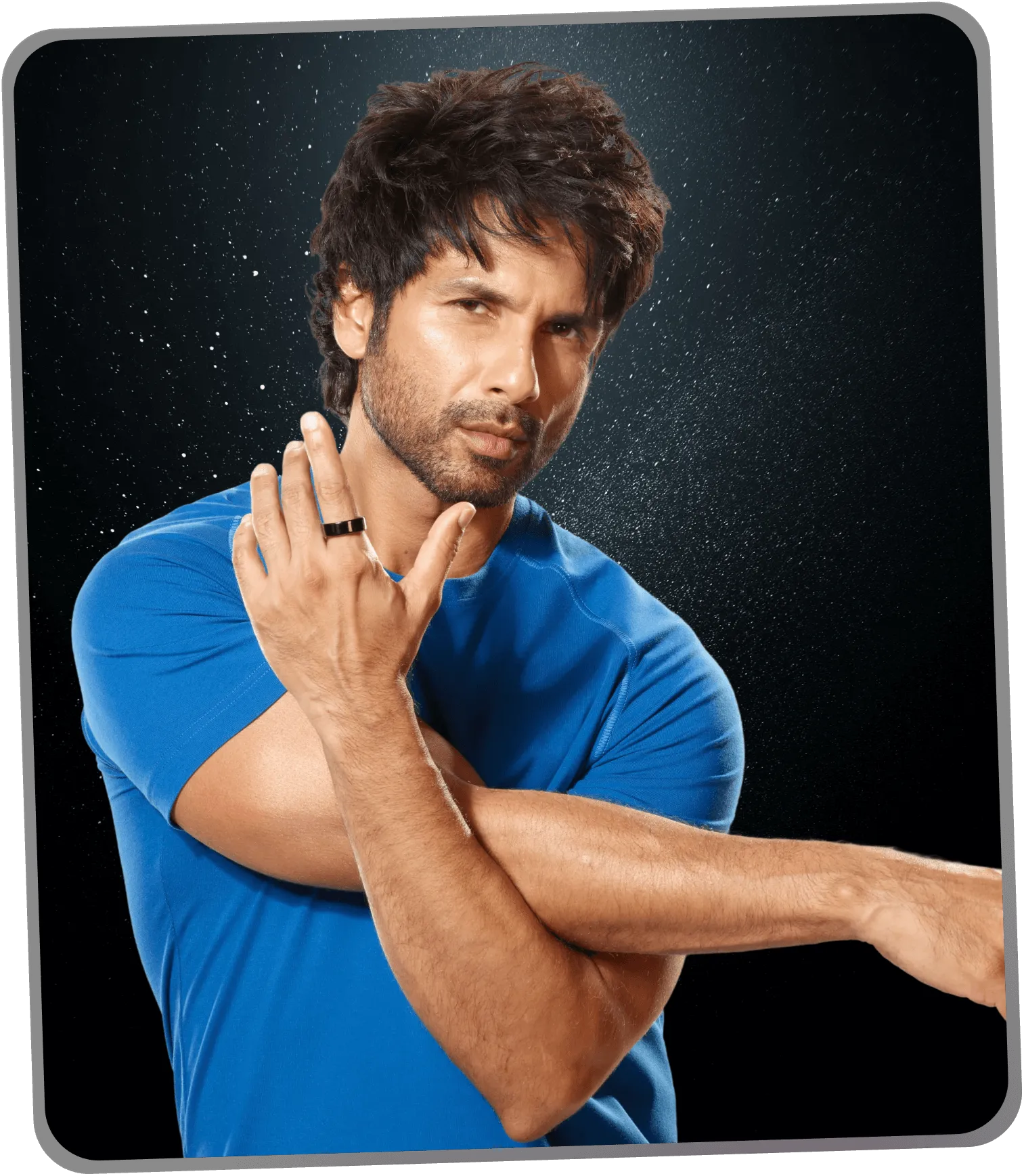
Introducing
Healthcare 3.0
Prevent and manage chronic conditions using precision diagnostics, coach and doctor led interventions, and real-time monitoring.
We’re building a future where longevity, vitality, and peak health are the norm!
THE FITTR ECOSYSTEM
A decade of helping people improve their health
Backed by 700+ coaches, doctors, and scientists who've helped over 400,000 people worldwide.
COACH
Fitness & Nutrition
Coach
Your perfect coach is just a few steps away. Find the ideal coach for your goals & interests.
EXPERT DOCTORS
Doctor
consultation
Get medical insights from qualified doctors who understand your fitness goals and lifestyle.
Coming SoonDIAGNOSTIC TEST
Diagnostic
Labs
Know your body from within — uncover what's hidden with precise diagnostics.
400k+ Lives
Transformed
Introducing FITTR's
Future-ready Framework
01
First, We Evaluate Your Body's Baseline
"Aging is driven by epigenetic modifications and metabolic dysfunction." – Harvard Longevity Study (2023)
Fixing your health starts with accessing your current baseline. We use a combination of blood biomarkers, clinical history, physiological, lifestyle and anthropometric data to build your digital twin. This allows us to visualise your risk factors clearly.
100+ lab tests

02
The test results indicate a few areas of concern, such as low Vitamin B12 levels and insufficiency in Vitamin D.
Good
40
Borderline
25
Concerning
12
Suggestions
Consult a healthcare provider to discuss the low Vitamin B12 levels
Repeat Vitamin D testing in 6 months
03

100+ lab tests

Awaken
Rest patterns and medical reports come together to offer insights into sleep quality and overall health.

















